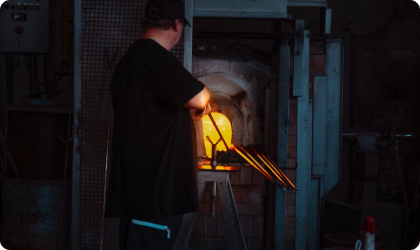Sub-Critical Annealing for Castings, Machined Parts, & Stampings: An Insight
Sub-critical annealing, a low temperature heat treatment, is instrumental in reducing hardness and elevating the ductility of materials. This method proves crucial in enhancing machinability, reducing the risk of cracking during cold working, and facilitating further drawing or stamping operations in machined parts and stampings.
Castings:
Process and Benefits:
Sub-critical annealing, when applied to castings, significantly augments its machinability and minimizes the odds of cracking during cold work operations.
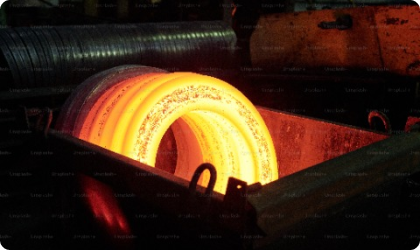
Capability:
ThermTech boasts a range of furnaces, tailored to handle diverse sub-critical annealing projects. Our state-of-the-art equipment meets the AMS 2750 Rev E class 3 standards, ensuring a temperature uniformity of +/-15F. This precision minimizes part-to-part variations. With furnace sizes ranging from 12” X 12” X 12” to 72”W X 48”H X 156”L, we guarantee prompt service for your annealing requirements.
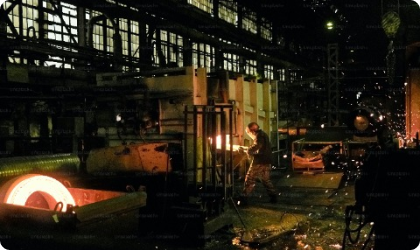
Recommendations:
For optimal results:
- Define hardness and mechanical stipulations in the preliminary paperwork.
- Expect minor post-treatment surface oxidation.
- Specify straightness requirements, if any, when placing an order.
- Turnaround times generally span 2-3 days, but faster service is available upon request. Contact our customer service team at
cs*@th*******.net
for tailored turnaround requirements.
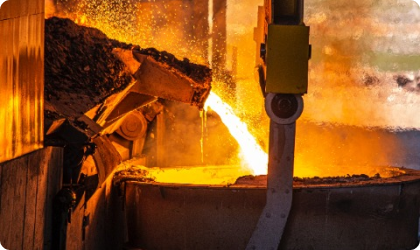
Machined Parts & Stamping:
Process and Benefits:
Sub-critical annealing is a perfect solution for stampings that have undergone intense drawing or forming operations. By moderating the elevated cold work hardnesses, this process prepares stampings for subsequent operations. The temperature for this method usually fluctuates between 1250F and 1400F.
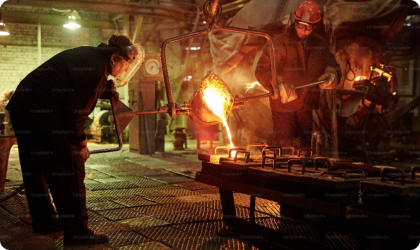
Applications:
- Deep Draws & Severe Forming: Components that experience extensive drawing or shaping often accumulate stresses. Sub-critical annealing alleviates these tensions, prepping the part for additional drawing or stamping.
- Enhanced Machinability: Post sub-critical annealing, steel parts present amplified machinability attributes, harmonizing both tool longevity and finished surface quality.
- Stress Mitigation: This procedure nullifies internal stresses that might have cropped up during machining or stamping, curbing the threat of deformation in the following stages.
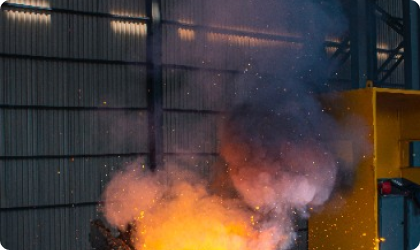
General Process Details:
Sub-critical annealing usually involves temperatures between 1275F to 1450F, contingent on the material. Parts are uniformly heated to a predetermined temperature and sustained there to ensure consistent warmth across the broadest cross-section. Typically, a gradual cooling inside the furnace is mandated to match the specified hardness and mechanical features. The direct introduction of combustion gases into the heating zone can result in rusting. At ThermTech, we possess the capability to eliminate such surface oxidation through mechanical means or even utilize a vacuum for parts demanding exceptional cleanliness.
Should you have concerns about optimal heat treatment options or require more information, please reach out to our dedicated sales team at
sa***@th*******.net
.
Sub-critical annealing, with its multitude of advantages, is the go-to solution for industries that prioritize precision, efficiency, and longevity. With tailored solutions for castings, machined parts, and stampings, it ensures products not only meet but exceed industry benchmarks.
